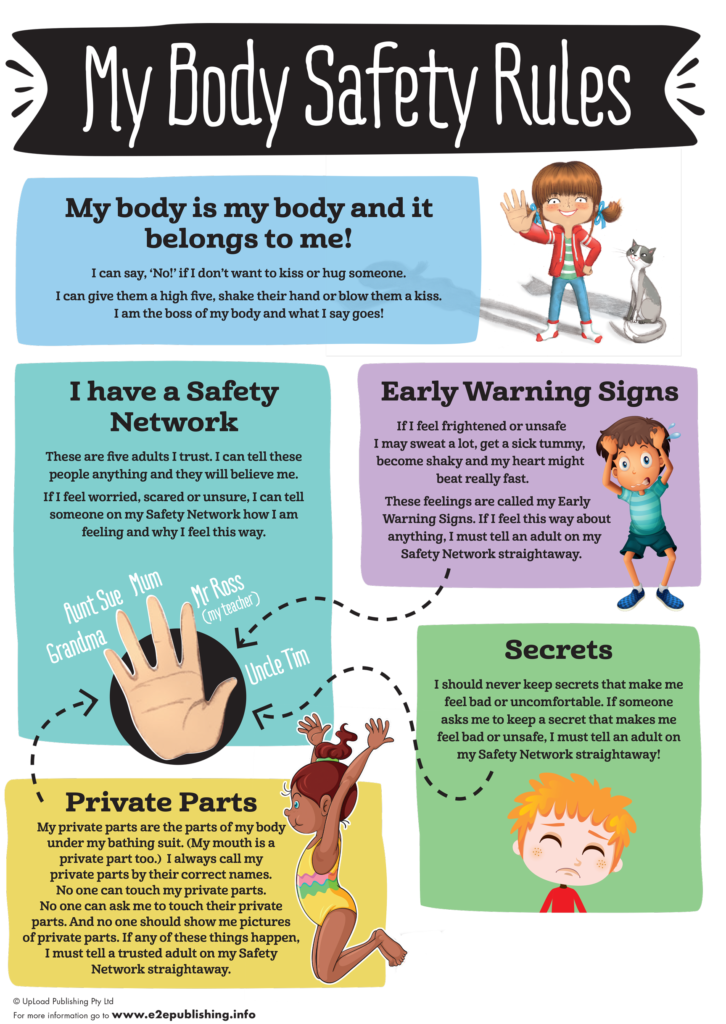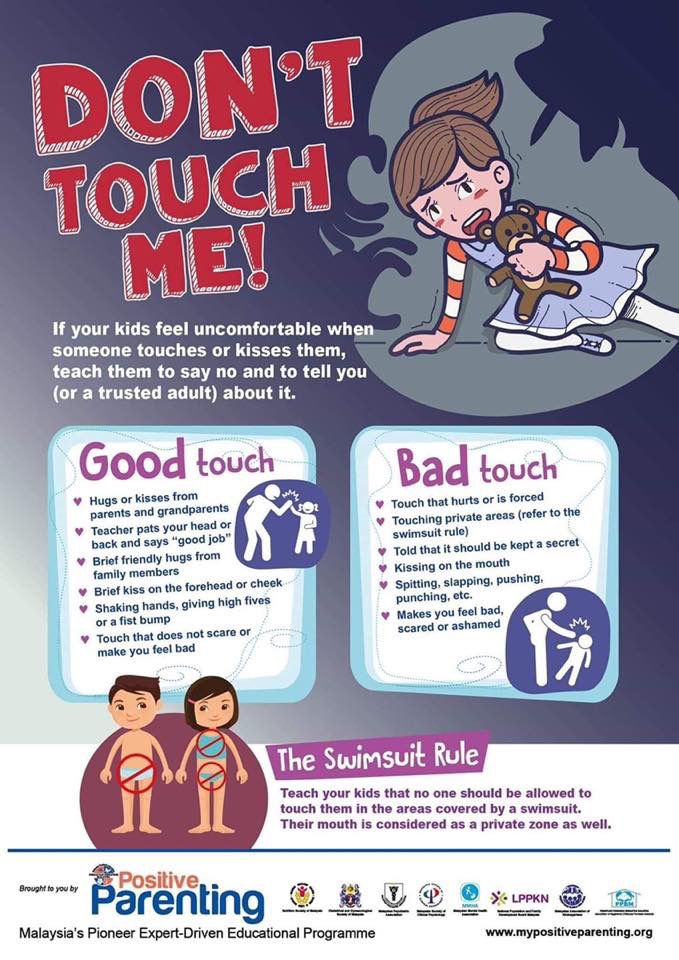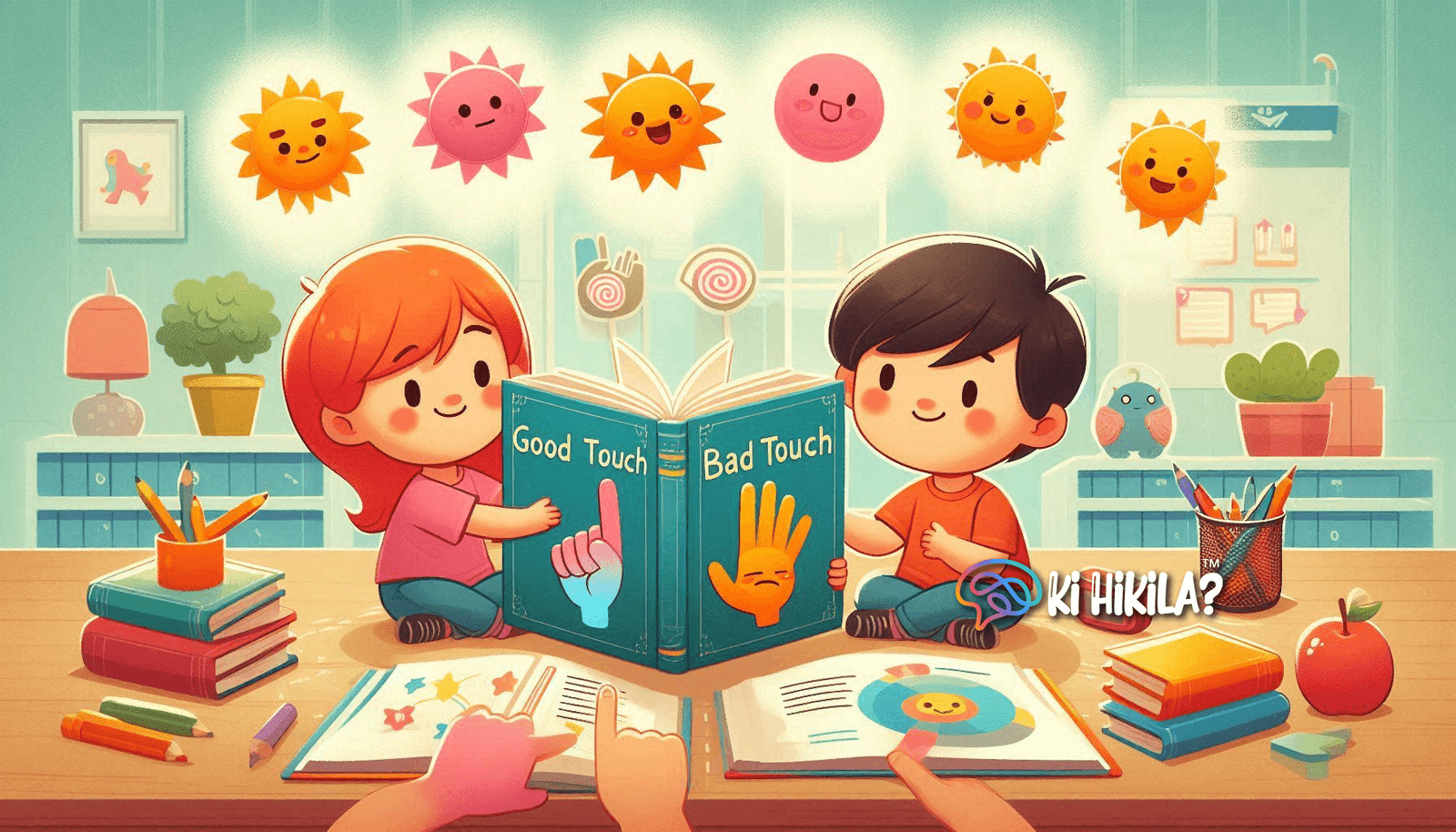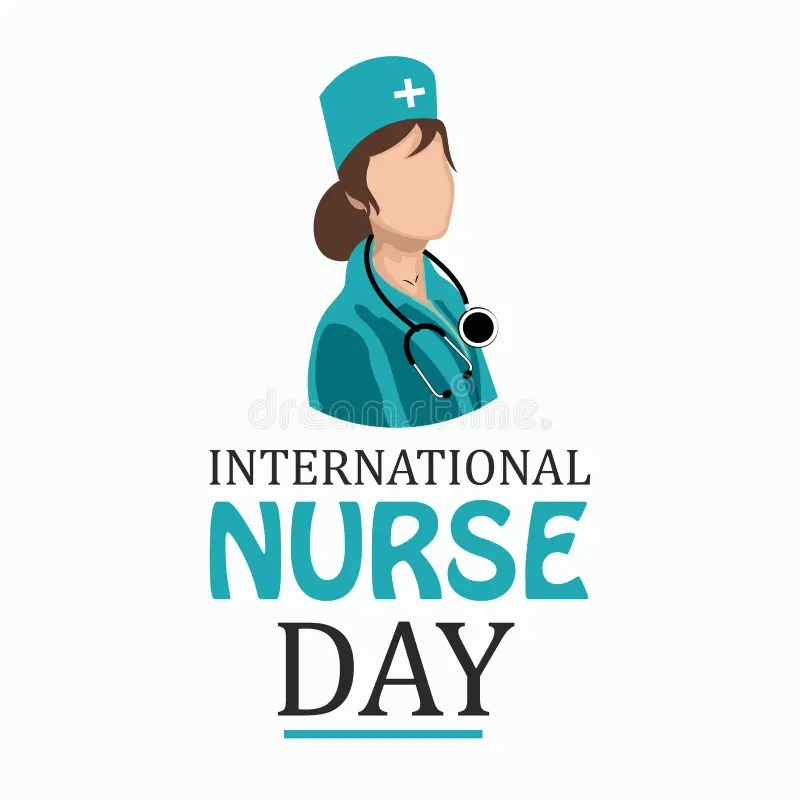Hello kids! Today, we’re going to talk about something very important – understanding the difference between good touch and bad touch. This guide is here to help you learn what kinds of touches are okay and what kinds might not be. Remember, it’s always important to talk to someone you trust if you ever feel unsure or uncomfortable.
What is Good Touch?
Good touch is any touch that makes you feel safe, happy, and cared for. These touches are usually from people you trust, like your family and close friends. Here are some examples of good touch:
- Hugs from family members: A warm hug from your mom, dad, grandparents, or siblings.
- High-fives with friends: Celebrating a win or just saying hello.
- Pats on the back: When someone congratulates you or shows you they’re proud of you.
- Holding hands with a parent: Walking to school or crossing the street.
These kinds of touches can make you feel loved and supported.

What is Bad Touch?
Bad touch is any touch that makes you feel uncomfortable, scared, or confused. It’s important to listen to your feelings and know that you have the right to say no to any touch that doesn’t feel right. Here are some examples of bad touch:
- Touches on private parts: Private parts are the parts of your body covered by a bathing suit. No one should touch you there unless it’s a doctor or a parent helping with hygiene, and even then, you should be comfortable with it.
- Unwanted hugs or kisses: If someone wants to hug or kiss you and you don’t want them to, it’s okay to say no.
- Touches that hurt: Any touch that causes you pain or makes you feel bad about yourself.
- Secret touches: If someone asks you to keep a touch a secret, it’s usually a sign that it’s a bad touch.
What Should You Do if You Experience Bad Touch?
If you ever experience a bad touch or something that makes you uncomfortable, remember these steps:
Say No: It’s okay to say no in a loud and clear voice. You can also say things like “Stop!” or “I don’t like that!”
Get Away: Try to get away from the person as quickly as you can. Go to a place where you feel safe.
Tell Someone You Trust: Talk to a parent, teacher, or another trusted adult. It’s important to tell someone what happened so they can help you.

Who Can You Talk To?
Sometimes it can be hard to know who to talk to, but here are some people who can help:
- Parents or Guardians: They care about you and want to keep you safe.
- Teachers: They are there to help you learn and stay safe at school.
- School Counselors: They are trained to help with all kinds of problems, including ones that make you feel uncomfortable.
- Friends’ Parents: If you trust them, they can also be someone you talk to.
It’s Not Your Fault
If someone gives you a bad touch, it’s very important to know that it’s not your fault. You haven’t done anything wrong, and it’s the responsibility of the adult or person giving the bad touch. Always remember, you deserve to feel safe and comfortable.
Practice Saying No
Sometimes, practicing what to say can help you feel more confident. Here are some things you can practice saying:
- “No, I don’t like that!”
- “Stop! That’s not okay!”
- “Please don’t touch me there.”
You can practice these with a parent or a trusted adult to feel more prepared.
Good Touch and Bad Touch: A Recap
- Good Touch: Makes you feel safe, happy, and loved. Examples include hugs from family, high-fives with friends, and pats on the back.
- Bad Touch: Makes you feel uncomfortable, scared, or confused. Examples include touches on private parts, unwanted hugs or kisses, touches that hurt, or secret touches.
Child Abuse Laws in India
India has several laws to protect children from abuse and exploitation. Key among them are:
- The Protection of Children from Sexual Offences (POCSO) Act, 2012
- This act provides comprehensive protection for children against sexual abuse, sexual harassment, and pornography. It includes stringent punishments for offenders and mandates reporting of sexual offenses against children.
- The Juvenile Justice (Care and Protection of Children) Act, 2015
- This act addresses the needs of children in conflict with the law and children in need of care and protection. It includes provisions for rehabilitation and social reintegration of child victims of abuse.
- The Indian Penal Code (IPC) Sections 354, 375, and 377
- These sections deal with offenses such as assault or criminal force to women with intent to outrage her modesty (Section 354), rape (Section 375), and unnatural offenses (Section 377) which can also apply to cases involving minors.
- The Right of Children to Free and Compulsory Education (RTE) Act, 2009
- This act ensures free and compulsory education for all children aged 6 to 14 years, and includes provisions to safeguard children from harassment and abuse in the school environment.
- The Prohibition of Child Marriage Act, 2006
- This act prohibits the marriage of girls below 18 years and boys below 21 years and provides for the prevention of child marriages and protection of children involved.
- The Child Labour (Prohibition and Regulation) Act, 1986
- This act prohibits the employment of children below the age of 14 in hazardous occupations and processes, and regulates the conditions of work for children in non-hazardous occupations.
These laws are designed to protect children from various forms of abuse and ensure their safety and well-being.
Final Thoughts
Understanding the difference between good touch and bad touch is very important for your safety and well-being. Always remember that your body belongs to you, and you have the right to say no to any touch that makes you uncomfortable. Don’t hesitate to talk to someone you trust if you ever feel unsure about a touch.
Stay safe, and always remember, it’s okay to speak up and ask for help!












